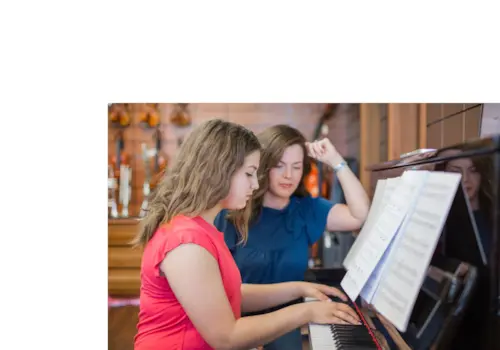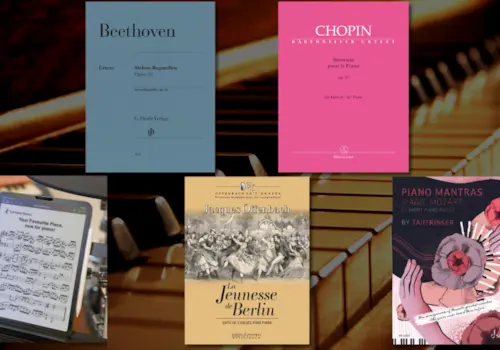And what to expect within the pages (and Scores!) of Pianist…
The Arabesque No 1 was the first piece by Debussy I ever learned. My mother loved to hear me play it. She said it made her feel good, that it calmed her, and that it made her feel she was entering into another world. I think many of us pianists can relate to the words of next issue’s cover artist, Jean-Efflam Bavouzet, who has lived and breathed the composer; for him, Debussy is a ‘huge cosmos’.
I still have the Arabesque under my fingers, and getting it there took a long time and hard work, even if it’s a fairly restrained and classical piece within the context of Debussy’s output. I remember practising the persistent three-against-two rhythm religiously, making sure that there were no protruding thumb sounds in the floating yet deceptively tricky triplet melody. No matter how much I wanted to play around with a ritenuto here and stringendo there, my teacher would insist that I stuck to a tempo while learning the notes (‘Freedom to come’, she’d say).
In later years, I spent hours and hours on Poissons d’or. But who can ever perfect that? The pianissimo demisemiquaver rumblings needed to be silky smooth, so I’d practise in all types of rhythmic patterns, as Graham Fitch often recommends. The three-stave score took some getting used to – but doing so was a huge help when I came to study the complex fugue in Samuel Barber’s Piano Sonata. There was so much to work on in every single bar: the marcatos, the staccatos, the phrase markings, the sforzando trills (help!). And then all the musical markings such as this intoxicating example: ‘Capricieux et souple’. The swoops and twitches of those large golden carp in a world of tonal ambiguity had to make musical sense.
Don't forget to pick up a copy of Pianist issue 101, where our experts give you plenty of advice, as my teachers did for me. There are three Debussy scores, with two of them – La fille aux cheveux de lin and the Etude No 11 – given in-depth lessons. Mark Tanner discusses how to produce a rich tonal palette (essential for playing Debussy) and John Evans turns to three pianists well-known for Debussy, and asks them how they make sense of the scores, just as I did as a serious student. At least as much as any composer, he wrote for his performers; he took pleasure and inspiration from the inexhaustible depth of possibilities that a piano affords, and I hope you will do the same.
P.S. If you’re really Debussy-crazy, check out our Play Debussy digital special!
And listen to our Debussy Spotify Playlist.
Finally, before I sign off, take a look at this rather ‘different’ approach to Clair de Lune – the wonderful Alexandre Tharaud strokes the keys whilst dancer Joann Bourgeois floats to the music...







